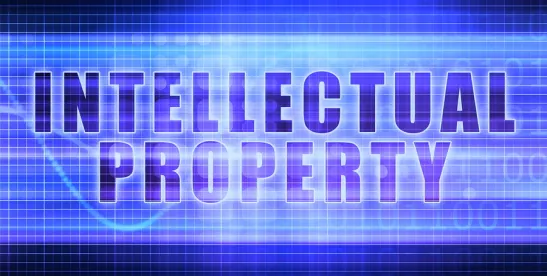In a big day for inter partes review (IPR) at the U.S. Supreme Court, the Court issued two opinions, Oil States Energy Services, LLC v. Greene’s Energy Group, LLC et al. and SAS Institute Inc. v. Iancu et al.
In Oil States, the Supreme Court held in a 7-2 decision that IPR proceedings are constitutional and do not violate Article III or the Seventh Amendment of the Constitution and that patent rights are public rights arising between the government and others.
The Court further explained that an IPR involves the same matter and same interest as the original patent grant as it simply reconsiders the granted right, and the similarities between district court proceedings and IPR proceedings do not undermine any of the holdings of the case.
The Court was very careful in crafting its decision, ensuring the holding of the case is narrow and addresses only the constitutionality of IPRs and the precise constitutional challenges raised by Oil States. Oil States does not disrupt any of the other patent cases where patent rights were deemed private property of the patentee (for the purposes of the Takings Clause or the Due Process Clause).
In SAS Institute Inc. v. Iancu et al. in a 5-4 decision, the Supreme Court applied the plain language of 35 U.S.C. §318(a) in deciding that the final written decision in an IPR proceeding must address all claims that the Petitioner elected to challenge.
The Court held that the Board must institute trial on all claims if the Petition carries its burden on at least one claim, doing away with the practice of partial institution. In doing so, the Court compared the statutory language of IPR proceedings, which the Court considered an “adversarial” process akin to civil litigation, with that of ex parte reexaminations, which the Court considered a more “inquisitorial” process between the Patent Office and patent owner. §318(a) “categorically commands the Board to address in its final written decision ‘any patent claim challenged by the petitioner.’”
The Court found that “the statute tells us that the petitioner’s contentions, not the Director’s discretion, [that] define[s] the scope of the litigation all the way from institution through to conclusion.”
The Director is given a binary choice of whether to institute IPR: if there is a reasonable likelihood that the petitioner will prevail on at least one claim challenged in the petition, trial will be instituted; if not, trial will not be instituted.
Further, no ambiguity was found in the language of the statute meaning the Board’s rules were not entitled to Chevron deference. The Court found that Congress, not the Court, was the proper place to make the policy arguments the Director relied upon to support partial institutions, finding that the Court’s job was to follow congressionally enacted policy.





 />i
/>i
